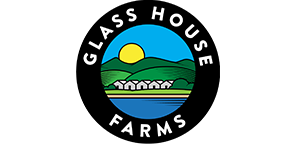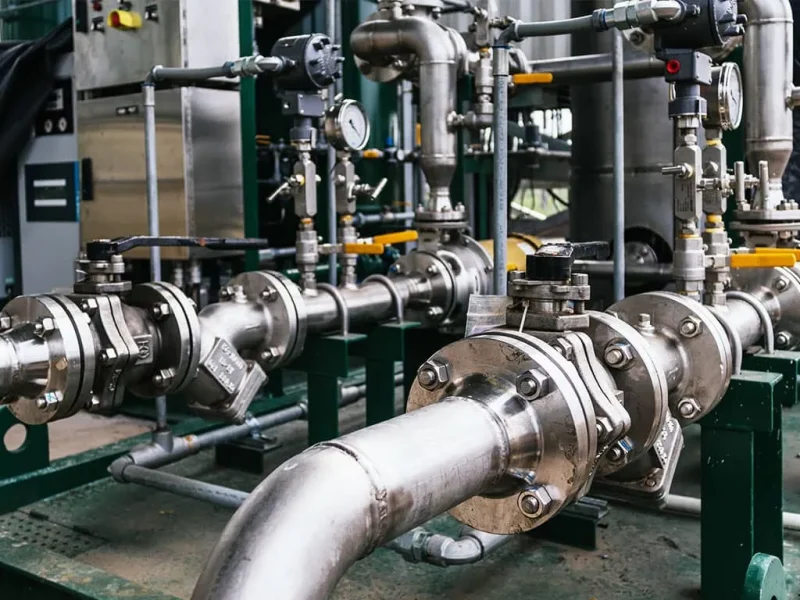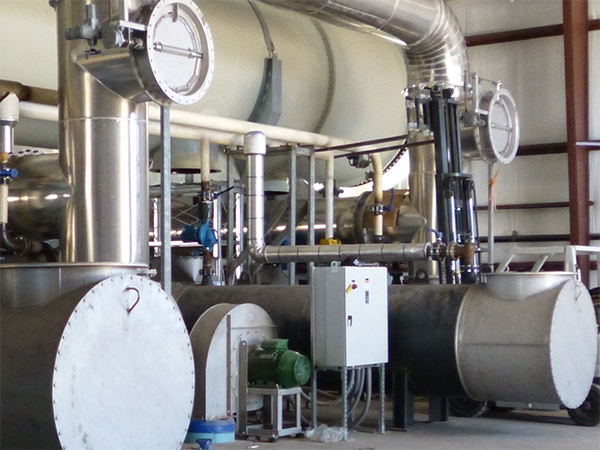Advantages of Vertical Farming
The growing demand for food and reliable supply of fresh produce has led to the development of vertical farms. By growing crops on a small area in a multi-layer system, high yields can be achieved year round with predictable and high quality. A compact vertical growing system like this, also results in less energy and water consumption.
Suitable crops for vertical farming are:
- Microgreens
- Leafy greens
- Medical cannabis
These crops are perfect for high density cultivations. Besides food production, seed processing and plant cultivation, vertical farms are also often used for research of vegetation.
Vertical growing methods are usually combined with soilless farming techniques such as hydroponics, aquaponics or aeroponics. These agricultural developments lead to extremely efficient use of space, water and nutrients.
Advantages of vertical farming:
- Maximum yield on minimal area
- Accurate prediction of yield and revenue
- Fully controllable climate and cultivation process
- Unaffected by weather conditions, outdoor climate and daylight
- Continuous crop delivery throughout the entire year
- Uniform and better plant quality
- Reduced cultivation time
- Efficient space usage and minimal area needed
- Reduced transport costs due to proximity to the customer
- Lower energy consumption
- Lower water usage and less fertilizer needed
- Organic production due to closed process without chemicals or pesticides
- Environmentally friendly
- Lower labour costs
- Employee safety
- Enerdes Air Distribution for Vertical Farming and Indoor Growing
Enerdes has developed and patented special air distribution hoses that provide perfectly homogeneous air distribution in every corner of your vertical growing space, at every level.
Combined with our air handling systems, we can create excellent air circulation even if you have many growing levels in your vertical farm. Our air treatment solutions are flexible and can be customized to the size and shape of your vertical farm.
Enerdes air handling units contain high grade filters that clean the air of any pollutants and pathogens like mold spores and microbes. Upon request we can also incorporate a UVC module. UVC light disintegrates microbes like mold spores, viruses and bacteria. To control carbon dioxide levels (CO2), fresh air and exhausts must be regulated. The intake of fresh air must be controlled and clean. Exhaust fans can be combined with a carbon filter to provide odour control.
Automation in your Vertical Farming System
For full control over growing conditions and minimization of labour costs, it is beneficial to automate as much in the production process as possible. The following processes can and should be automated in a vertical growing system. All mechanisms that are part of climate control can be developed, supplied and installed by Enerdes.
- Humidity and moisture control
- Air Temperature, heating and cooling systems
- Air flow and air circulation
- Air distribution
- Air refreshment, filtration and disinfection
- Water sterilization and disinfection
- Light
- PH
- Nutrient levels
- Logistics
Increase of production and yield whilst learning from previous crop cycles, will give you the best production quality and return of investment (ROI).
Vertical Farming in Climate Containers
The multilayer structures of vertical farming are often integrated in buildings like repurposed warehouses, shipping containers and other structures.
Controlled Environment Agriculture Technology (CEA) are applied in these spaces, which means they implement artificial control of air distribution, temperatures, lighting and humidity. The primary goal of vertical farming is achieving a yield as high as possible on a limited available area, thus getting the maximum number of crops per square meter.
When one grows crops in a climate container, one of the many advantages is that the crops are not dependent on daylight. Production will experience less failure and will show higher and more consistent quality. Vertical production systems also allow for accurate prediction of yield and revenue. The closed system has multiple cultivation layers and light, air, water and nutrients are supplied and controlled at each layer.
Spaces for Vertical Agriculture and Urban Farming
Although one should consider the design very carefully and the climate system should be developed with precise engineering, many spaces can be converted to vertical farming ecosystems. Light, water and energy are used in the most efficient way, giving a small carbon footprint and minimising the ecological effect of agricultural industries.
The following list includes examples of spaces that are often used for or converted to vertical growing locations.
- Shipping containers
- Warehouses
- Factories
- Underground rooms
- Growth chambers
- Other indoor spaces
These spaces are often located in or close to urban areas, which increases the proximity to the customer and reduces the transport logistics (Vertical Urban Farming).


















